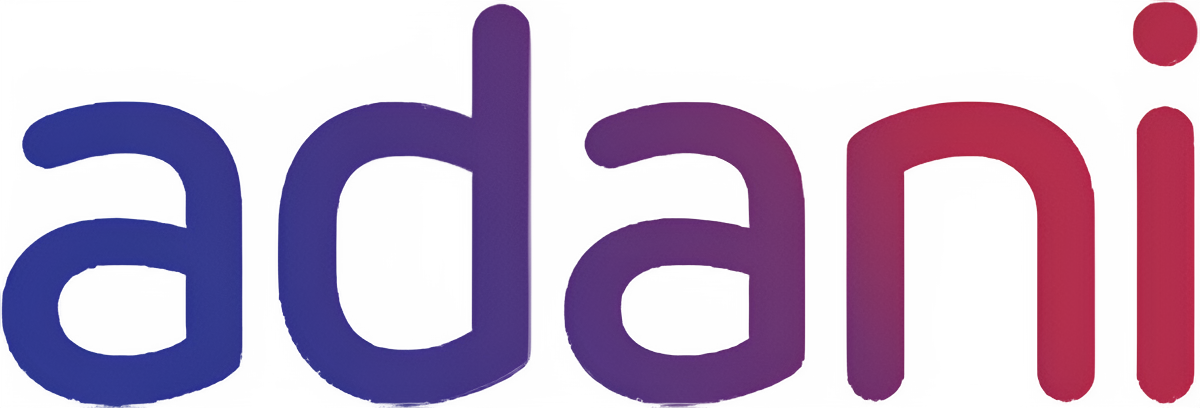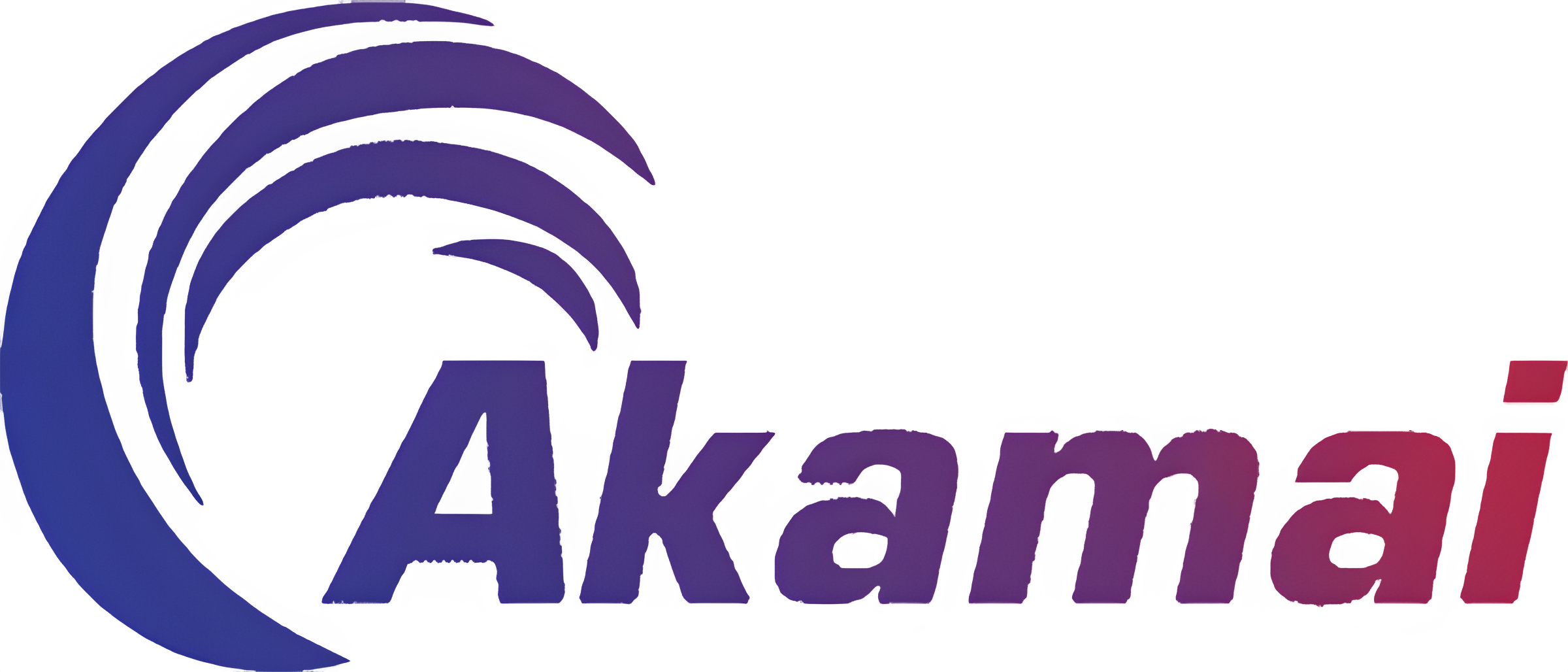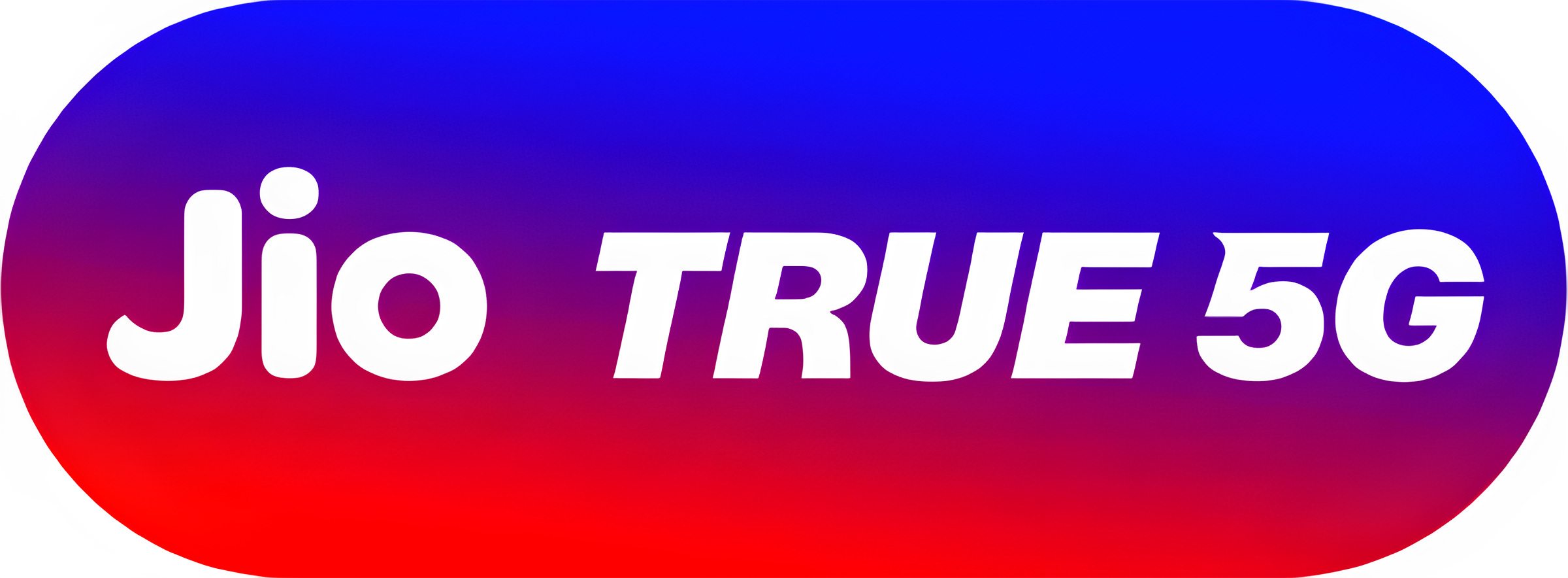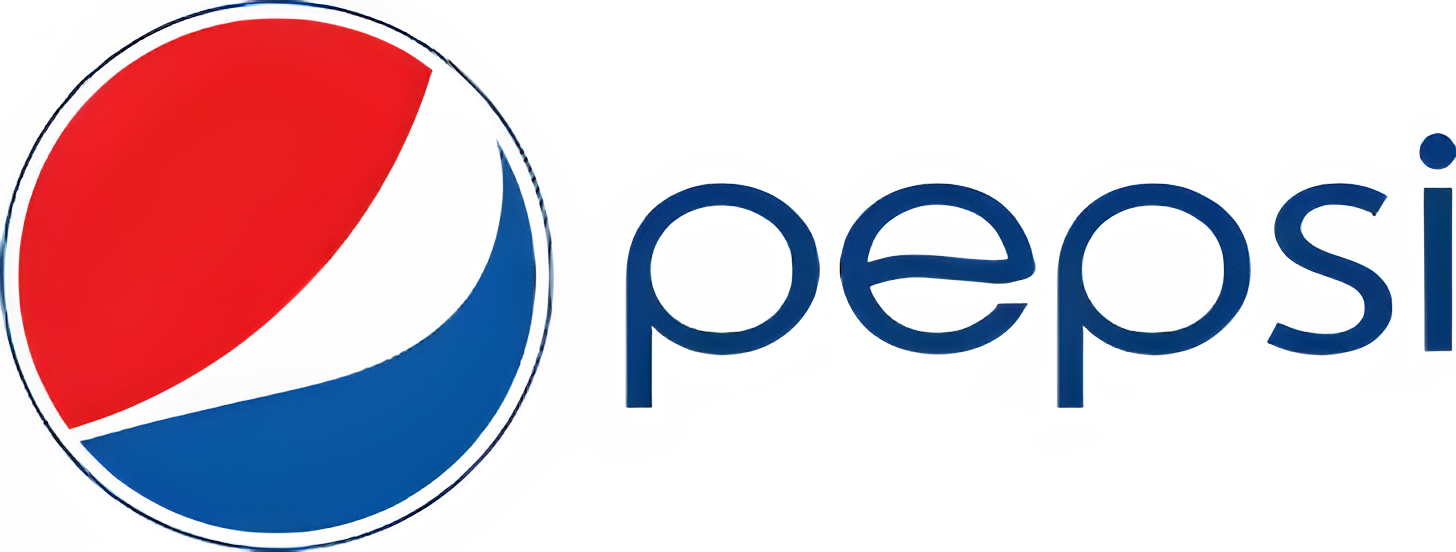Step-by-Step Guide to Building a Successful MLM Software
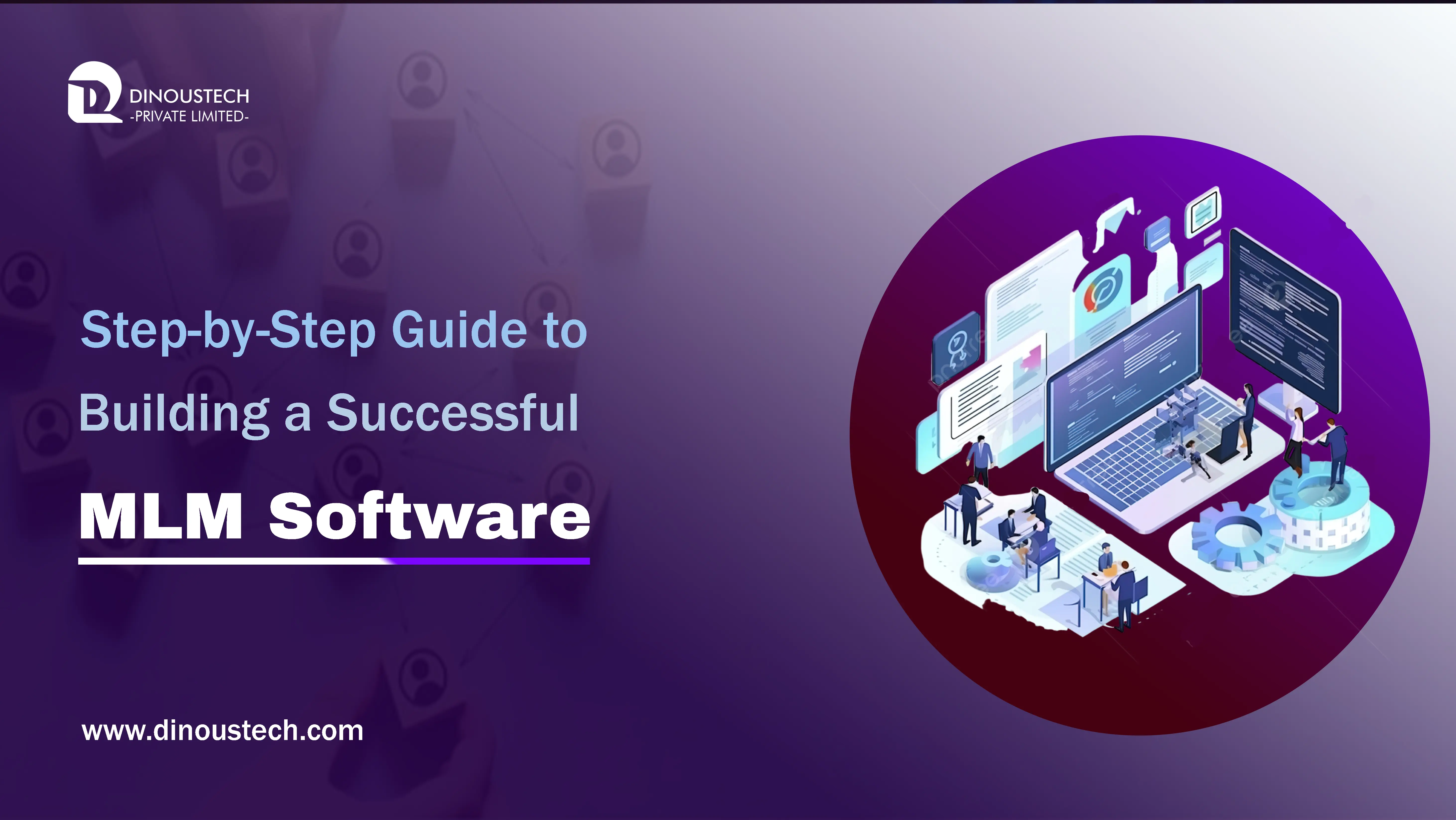
Multilevel Marketing (MLM) software is the backbone of modern direct selling businesses, automating complex commission structures, downline management, and real-time analytics to drive growth and transparency. Building a robust MLM platform typically costs between USD 10,000 for basic setups and USD 75,000+ for fully customized solutions with advanced features such as AI-driven reporting and global payment integrations. A step-by-step approach—from requirements gathering and compensation plan definition to architecture design, module development, testing, and ongoing support—ensures scalable, secure software tailored to your business needs. Partnering with a specialized MLM software development company brings deep domain expertise, accelerates time-to-market, and optimizes development budgets, while maintenance by an affordable software maintenance company safeguards performance and compliance. Below, we detail each phase of the development lifecycle, best practices, and cost considerations to guide you through creating a successful MLM software solution.
Understanding MLM Software and Its Importance
MLM software automates the operations of multi-level marketing businesses by managing distributor networks, calculating commissions across multiple tiers, and providing real-time dashboards for performance monitoring. It replaces manual spreadsheets, reducing errors and ensuring transparency in payouts, which is vital for distributor trust and regulatory compliance. Core features include genealogy tree visualization, automated payment processing, flexible compensation plan management, and analytics to track key performance indicators such as recruitment rates and sales volume. By leveraging such software, companies can scale rapidly, onboard distributors across geographies, and offer mobile accessibility for on-the-go management, solidifying their competitive edge in the direct selling space.
Also Read: - Key Benefits of Hiring an MLM Software Development Company
Step 1: Requirements Analysis and Compensation Plan Selection
The first step is a thorough requirements analysis, where stakeholders define business objectives, target markets, and specific functional needs. Key questions include: Which compensation plan best fits your model—unilevel, binary, matrix, or hybrid? Each plan dictates distinct commission calculations and user interfaces. For instance, a binary plan requires enforcing balanced leg logic, whereas a matrix plan limits width and depth, affecting data structures and payout algorithms. Engaging an MLM software development company during this phase ensures the selected compensation plan aligns with both market strategy and technical feasibility.
Step 2: Designing the Architecture and Tech Stack
Once requirements are set, architects outline the system design. A microservices architecture—where distinct modules (user management, genealogy, commission engine, reporting) run independently—enhances scalability and maintainability. Core components include a relational database (e.g., MySQL or PostgreSQL) for transactional integrity, a NoSQL store (e.g., MongoDB) for high-velocity event logs, and a caching layer (Redis) for frequently accessed data such as leaderboard standings. The choice of tech stack—popularly Node.js or Python for back-end services, Angular or React for web front end, and Flutter or React Native for mobile—should balance developer productivity with performance requirements. Early architecture reviews with your MLM software development company prevent costly rework later in development.
Step 3: UI/UX Design and Prototyping
User experience plays a critical role in adoption. Designers create interactive prototypes and wireframes for key workflows—registration, genealogy tree navigation, commission statements, and reporting dashboards. Mobile interfaces require responsive layouts that accommodate various screen sizes and offline data viewing for reps on the field. Usability testing with a small group of distributors uncovers pain points, such as confusing matrix limits or unclear payout breakdowns, allowing iterative refinements. A polished UI/UX not only delights users but also reduces support requests post-launch.
Must Read: - What’s the Real Cost of Building a Car Rental App Like Turo or Getaround?
Step 4: Core Module Development
With designs approved, development commences in sprints. Key modules include:
- User Management & Authentication: Secure sign-up flows with multi-factor authentication and role-based access control for admins, distributors, and auditors.
- Genealogy & Downline Visualization: Interactive trees that expand dynamically, showing distributor hierarchies, activated accounts, and personal volume metrics.
- Commission Engine: Automated calculation engine supporting multiple plan types and bonus structures; must handle edge cases like capped commissions or carry-forward balances.
- Payment & E-Wallet Integration: Secure integration with payment gateways (Stripe, PayPal) and escrow workflows to hold funds until fulfillment conditions are met.
- Reporting & Analytics: Customizable dashboards for real-time views of sales volume, recruitment trends, and commission liabilities, leveraging charting libraries (e.g., D3.js).
TDD (Test-Driven Development) and code reviews ensure each module meets quality benchmarks before integration.
Step 5: Quality Assurance and Security Testing
QA engineers conduct functional, performance, and security testing. Functional tests verify core workflows—registration, placement, payout triggers—while load testing simulates peak periods (e.g., monthly payout cycles) to ensure the system handles thousands of concurrent requests without degradation. Security audits include vulnerability scans, penetration testing, and compliance checks (GDPR, CCPA) to protect sensitive distributor data and financial information. Remediation sprints address any identified issues, ensuring the software adheres to industry best practices.
Step 6: Deployment and DevOps Automation
A robust CI/CD pipeline automates builds, tests, and deployments, reducing manual errors and accelerating release cycles. Infrastructure-as-Code tools (Terraform, CloudFormation) provision cloud resources—compute, databases, load balancers—with version control, enabling consistent environments across development, staging, and production. Container registries (Docker Hub) and orchestration (Kubernetes) facilitate rolling updates and zero-downtime deployments. Monitoring solutions (Prometheus, Grafana) and centralized logging (ELK Stack) provide real-time insights into application health, enabling swift incident response.
Step 7: Ongoing Maintenance and Enhancements
Launching the software marks the beginning of its lifecycle. An affordable software maintenance company should manage regular updates for OS patches, dependency upgrades, and performance tuning. Feature requests—from adding multi-currency support to AI-driven lead scoring—are prioritized in product roadmaps. Annual maintenance budgets often allocate 15–20 percent of initial development costs, covering 24/7 support, security patching, and minor enhancements. Continuous feedback loops with distributors uncover usability improvements and new feature opportunities.
Cost Considerations and Budgeting
Mobile app development cost for MLM platforms is influenced by feature complexity, team rates, and geographic location. Basic solutions with essential modules can start around USD 10,000–15,000, leveraging offshore development teams. Mid-tier platforms with advanced analytics, custom compensation plans, and mobile apps range USD 25,000–50,000, while large-scale enterprise deployments with AI, blockchain-based payments, and global regulatory compliance may exceed USD 75,000+. Transparent scoping and milestone-based payments help manage budgets and align expectations between you and your MLM software development company.
Also Read: - Best App Development Services in Dubai for Startup & Enterprises
Choosing the Right Development Partner
Success hinges on partnering with an experienced MLM software development company that understands the nuances of direct selling. Key selection criteria include:
- Domain Expertise: Proven track record in MLM projects, with case studies demonstrating various compensation plans and compliance implementations.
- Technical Depth: Full-stack capabilities spanning backend, frontend, mobile, DevOps, and security.
- Agile Processes: Iterative sprints, continuous integration, and stakeholder demos ensure alignment and adaptability.
- UI/UX Excellence: In-house design teams skilled in creating intuitive dashboards and mobile flows.
- Maintenance and Support: Clear SLAs for uptime, incident response, and upgrade paths.
Dinoustech Private Limited exemplifies these qualities, offering turnkey MLM software development services that blend business strategy, cutting-edge technology, and cost-effective maintenance solutions.
Emerging Trends in MLM Software
Looking ahead to 2025 and beyond, several trends will shape MLM software evolution:
- AI-Driven Lead Scoring: Machine learning models analyze distributor behavior and sales data to recommend high-potential recruits.
- Blockchain-Based Transparency: Immutable ledgers for transaction records and smart contracts for automated payouts enhance trust.
- Mobile-First Architectures: Progressive Web Apps and native mobile enhancements for offline data collection and push-based micro-learning modules.
- Gamification and Social Commerce: Integrating community features, leaderboards, and in-app social interactions to boost engagement.
- Globalization Support: Built-in multi-currency, multi-language, and VAT/GST compliance modules for rapid international expansion.
Early adopters of these trends will stand out, attracting top distributors and customers through innovative, trustworthy platforms.

